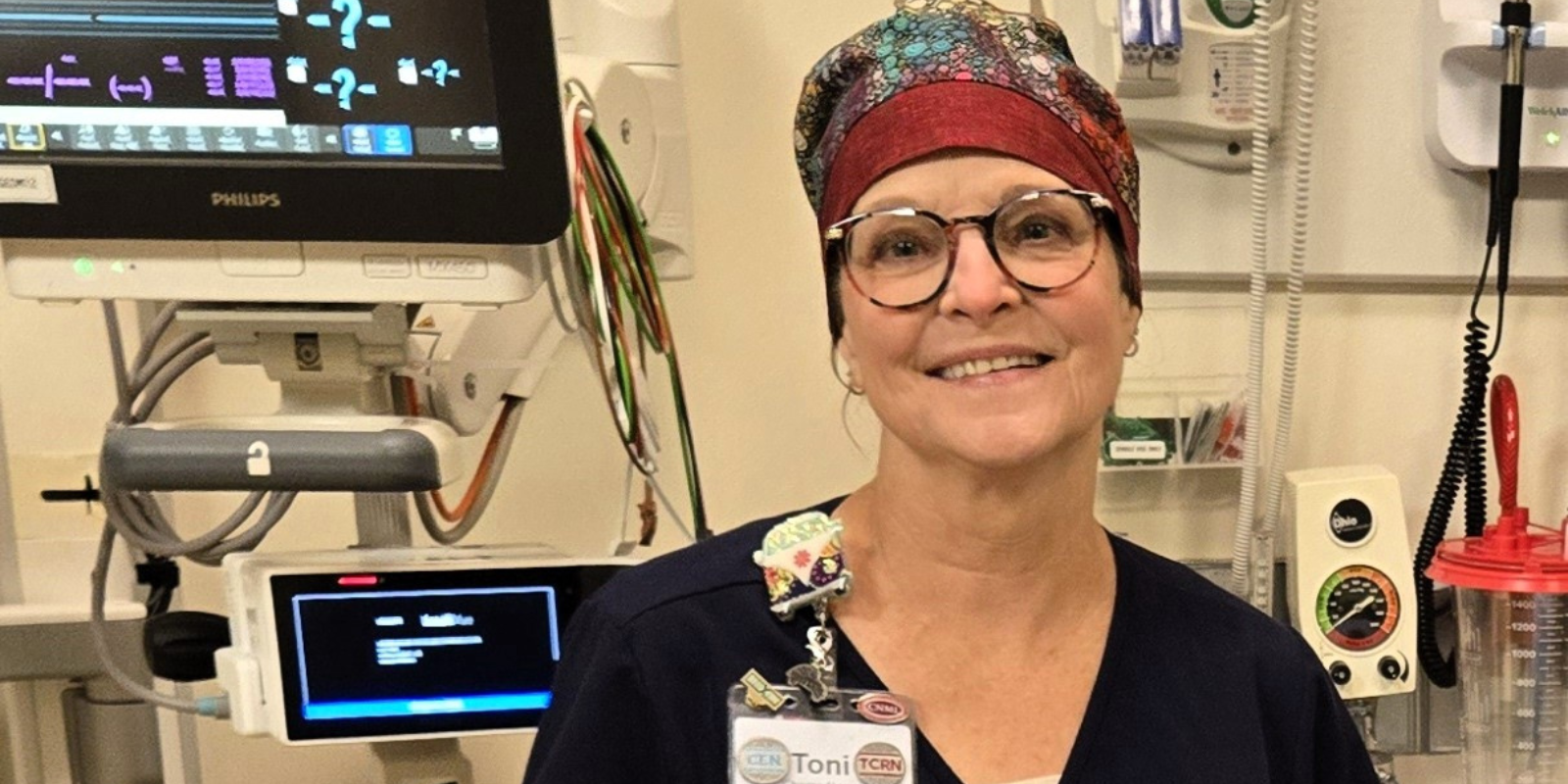In women at high risk for ovarian cancer, the common prevention strategy is to remove fallopian tubes and ovaries as soon as the woman is done having a family – the sooner the better. But this initiates menopause and along with it higher risk of cardiovascular disease, osteoporosis, sexual side-effects, and perhaps even Alzheimer’s disease. A recent University of Colorado Cancer Center review in the International Journal of Gynecologic Cancer suggests a way young, high-risk women can reduce risk while leaving menopause for later: the technique known as salpingectomy removes the fallopian tubes while leaving ovaries intact.
“Within the last five years, we’ve come to understand that most genetic ‘ovarian cancers’ actually start in the fallopian tubes and so removing these tubes appears to greatly reduce risk,” says Monique Spillman, MD, PhD, investigator at the CU Cancer Center and associate professor of gynecologic oncology at the University of Colorado School of Medicine.
Currently, Spillman suggests the technique may be appropriate for women well below 40 who are done having a family, are at high risk for ovarian cancer, and who are averse to the idea of immediate menopause to the point of refusing the current risk-reducing surgery.
“Basically what we’re talking about is a very large tubal ligation – a big tube-tying. I tell women that salpingectomy is an interim measure we can take – interim because eventually these women will want their ovaries out as well to decrease not only ovarian cancer risk but also breast cancer risk due in part to the ovaries’ production of estrogen. But having the tubes out early and then the ovaries out later can be a stop-gap that reduces risk in this window without initiating menopause,” Spillman says.
Exactly how much the technique reduces risk is a question yet to be answered. Currently, outcomes of the technique have been studied retroactively in computer models – researchers have looked back to compare cancer rates in women with and without salpingectomy. But Spillman is quick to point out that proving the effectiveness of the technique will require prospective study – women split into treatment and non-treatment groups and followed for five to ten years to discover risk. A national multi-site clinical trial of the technique is planned and will start soon.
Until then, Spillman considers salpingectomy an option for women who say absolutely not to the recommended, more aggressive surgery. “It’s not yet the gold standard for these patients, but it’s an evolving alternative,” Spillman says.



